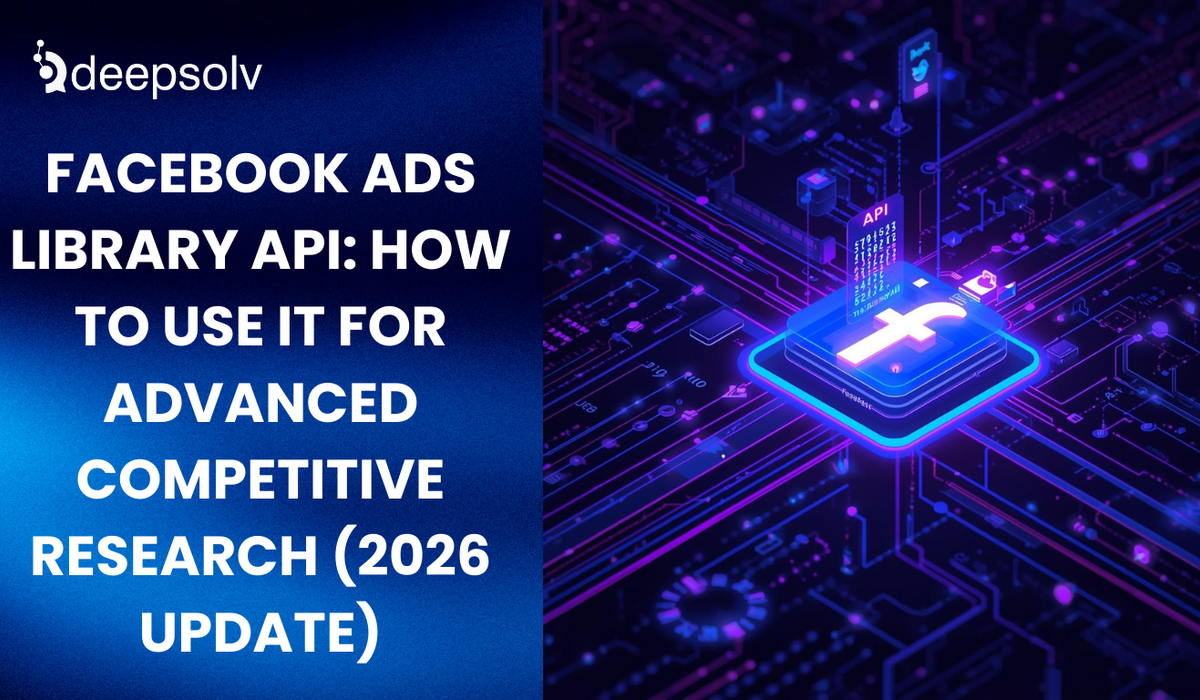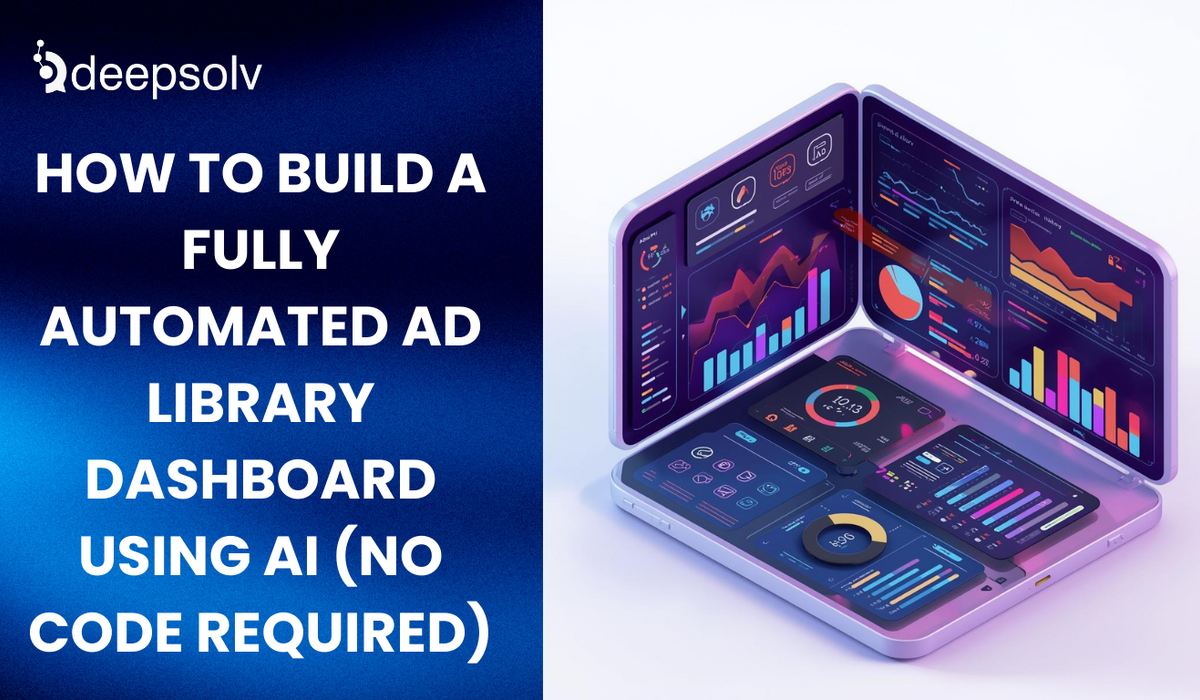Facebook Marketing ROI: What It Is and Why It Matters
5 min read
Published: 7/7/2025

In today’s digital landscape, where every marketing rupee must prove its worth, Facebook Marketing ROI- Return on Investment is no longer a nice-to-track metric. It’s a foundational KPI that determines whether your campaigns are profitable, scalable, or simply burning budget. Facebook remains one of the most potent marketing platforms, with 2.98 billion monthly active users and advanced targeting capabilities. But likes don’t pay the bills- results do.
So what does Facebook ROI actually mean? Why does it matter? And how do leading brands - small and large turn campaigns into bottom-line growth?
Let’s break it down.
What Is Facebook Marketing ROI?
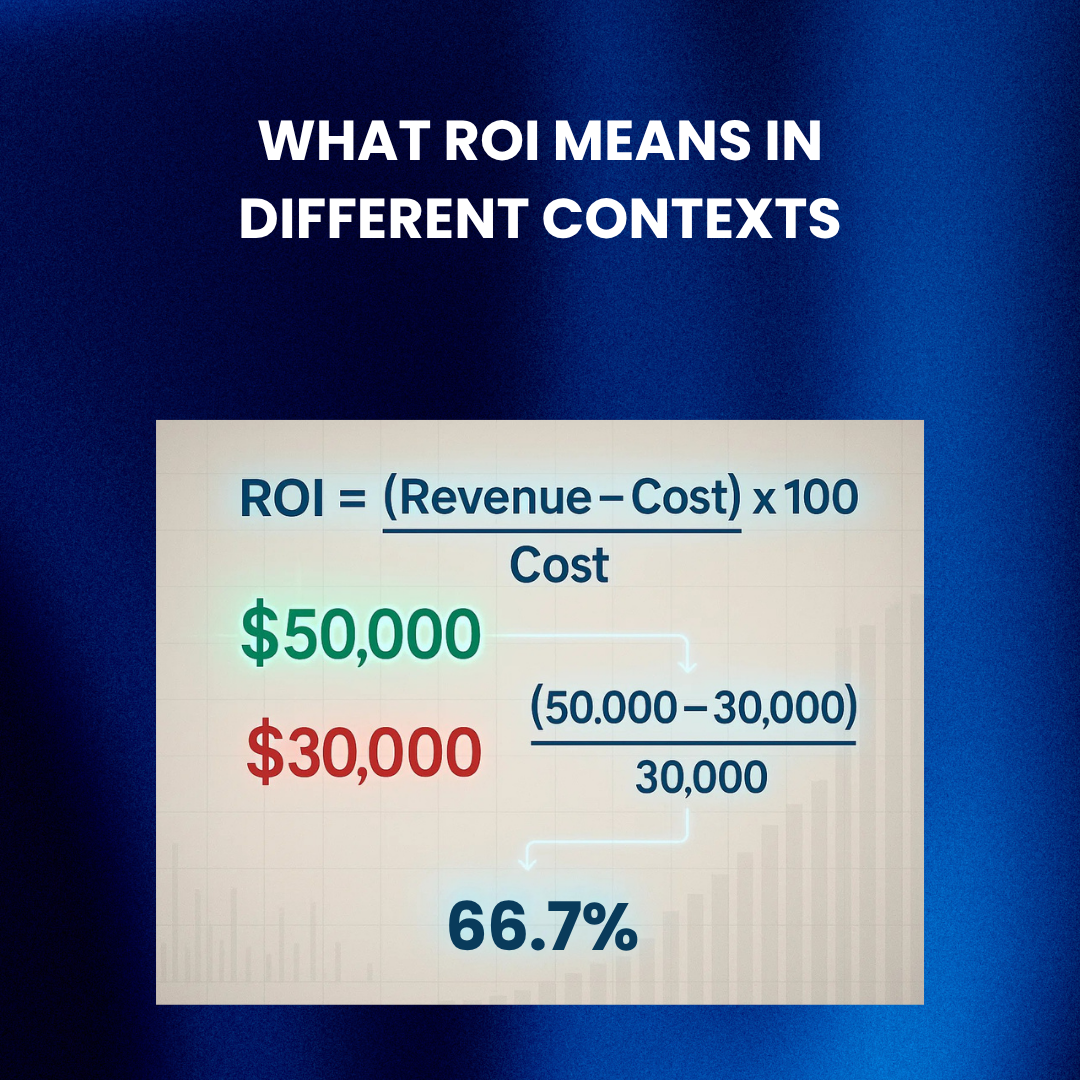
Facebook Marketing ROI refers to the profit or measurable value you generate from Facebook campaigns relative to the investment made. At its simplest, it’s:
(Revenue – Cost) ÷ Cost
For example, if a brand spends ₹1,00,000 on a campaign and earns ₹3,00,000 in revenue, the ROI is ((₹3,00,000 – ₹1,00,000)/₹1,00,000) × 100 = 200%.
Now, that cost isn’t just your ad spend- it includes creative production, campaign setup time, and tools or agency fees. Calculating ROI precisely gives you clarity on what’s working and justifies further investment. Without it, you’re simply gambling with your budget.
Why Facebook ROI Is Essential for Business Growth
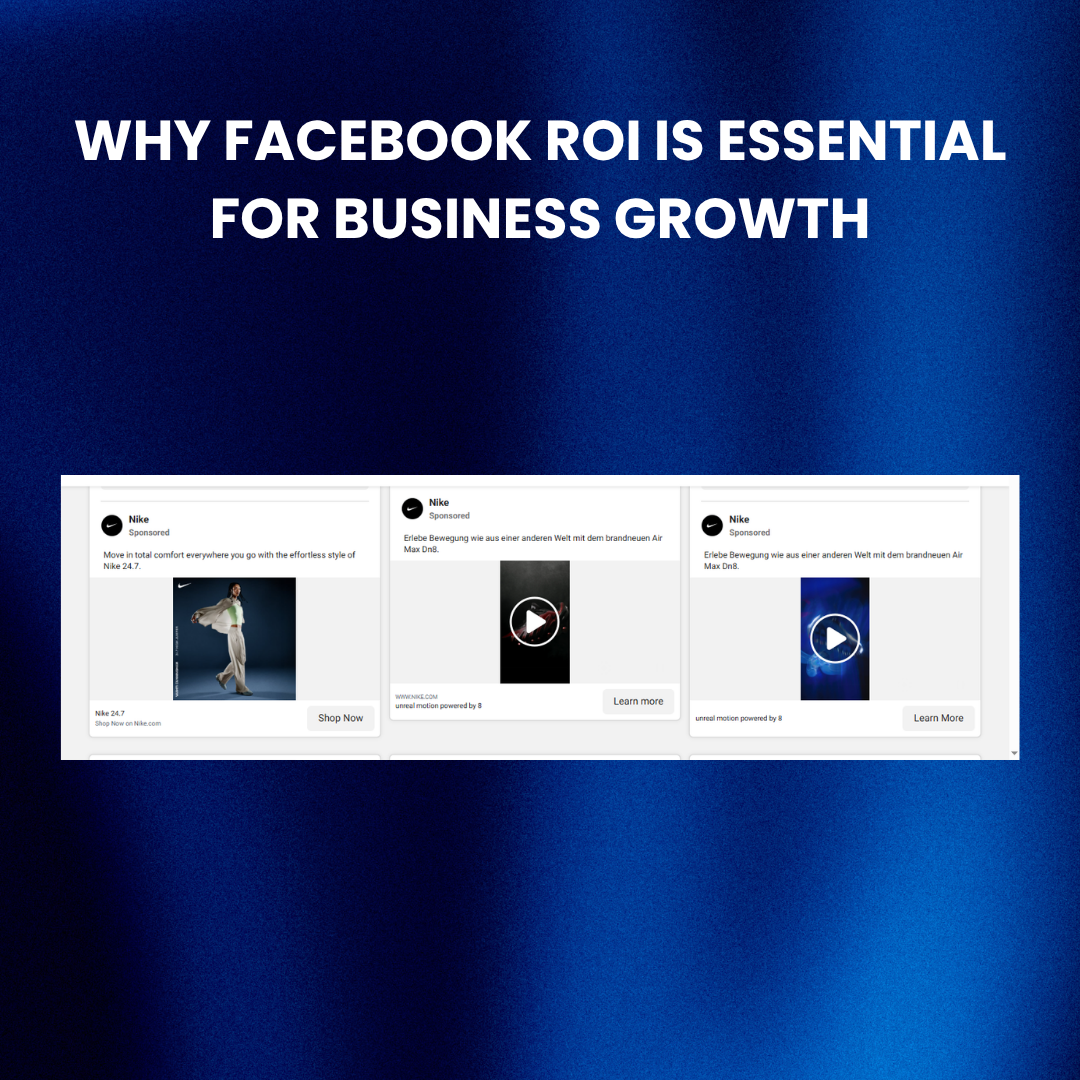
In a noisy market, Facebook remains the most comprehensive advertising ecosystem—offering unmatched reach, precise targeting, and a full-funnel experience. But to grow sustainably, businesses must move beyond vanity metrics (likes, reach) and measure outcomes that impact revenue.
ROI brings focus. It lets you:
- Justify marketing budgets to leadership
- Compare campaign efficiency across platforms
- Make better creative and audience decisions
- Identify waste and reallocate spend quickly
For instance, when Nike India launched a hyperlocal campaign targeting urban runners in Delhi and Mumbai, they didn’t just track video views. They measured store footfall and in-app purchases, all tied to Facebook ads via Pixel and CRM integration. The campaign saw a 38% lift in branded search queries and a 2.4x ROAS. The data let Nike double down on creative that converted, while trimming underperforming segments.
How to Calculate Facebook ROI (With Paid + Organic)
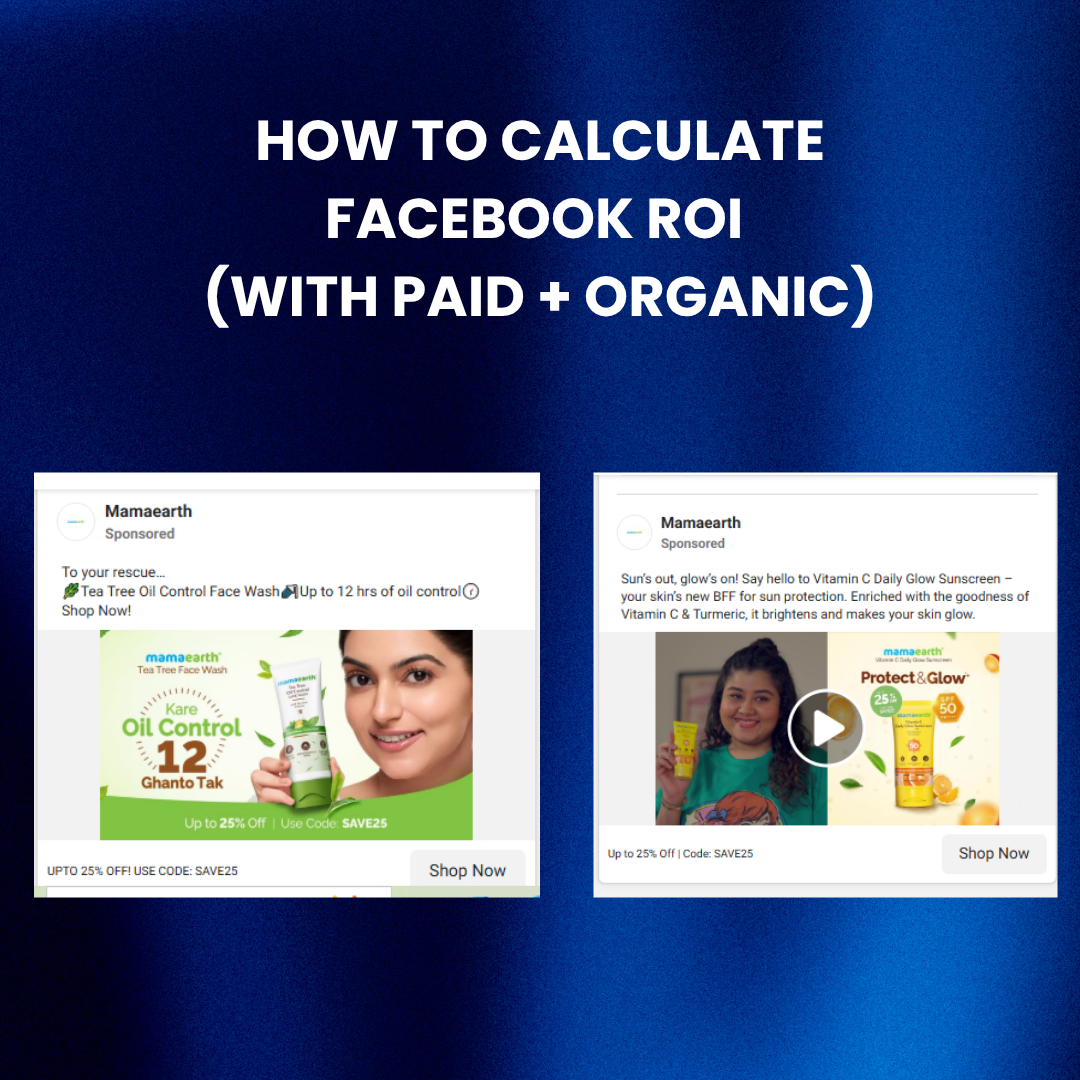
Paid Campaigns: ROAS + Beyond
Most marketers begin with ROAS (Return on Ad Spend):
ROAS = Revenue from Ads ÷ Ad Spend
If you spend ₹50,000 and generate ₹2,00,000 in tracked sales, your ROAS = 4X. To get ROI:
ROI = (4 – 1) × 100 = 300%
But real ROI also includes hidden costs—like agency retainers, internal salaries, and creative production. For example, if Mamaearth spends ₹10 lakh on festive Facebook campaigns and ₹3 lakh goes toward video shoots, the total investment is ₹13 lakh. If it yields ₹40 lakh in sales, ROI is ((40–13)/13) × 100 ≈ 208%. That holistic view prevents overestimating campaign performance.
Organic Campaigns: Time = Money
Organic marketing (your brand’s page posts, videos, community replies) may seem ‘free,’ but time and effort are costs too. Say your in-house team spends 20 hours weekly creating Facebook content. That time costs ₹40,000/month in salaries. If your content drives 100 extra leads worth ₹1.5 lakh per month, ROI = ((1.5–0.4)/0.4) × 100 = 275%.
Take Durex India’s witty topical Facebook posts- they generate high engagement, press mentions, and virality. While these posts aren’t ads, they reduce reliance on paid campaigns and often spark direct website traffic and sales during product launches, proving their ROI is both monetary and cultural.
Tools to Track Facebook ROI Accurately
1. Meta Ads Manager
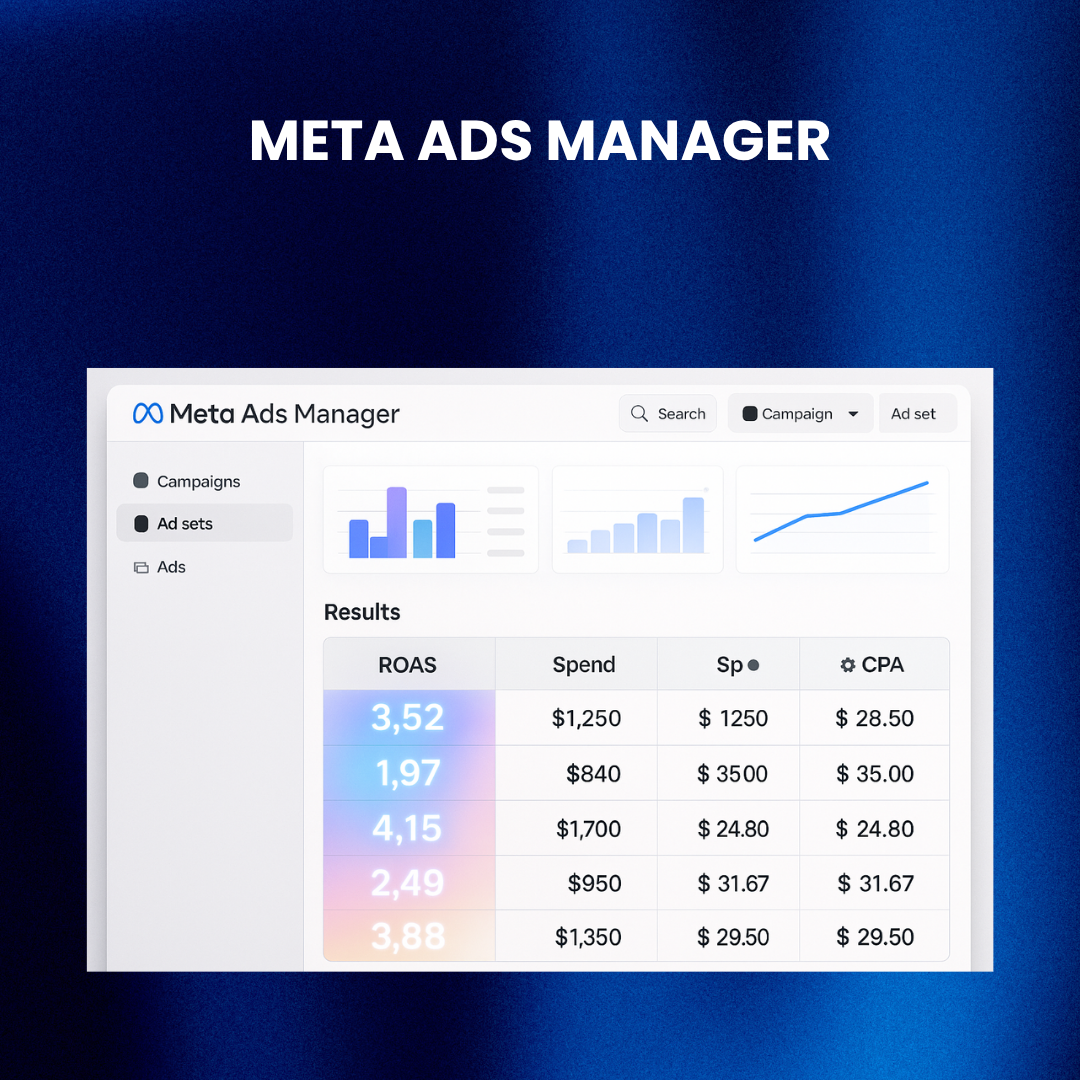
Your control center. Track:
- Ad Spend
- Impressions
- Click-Through Rate (CTR)
- Cost Per Acquisition (CPA)
- ROAS
Break results by age, device, placement, and geography. Customize columns to track what matters to your business.
2. Meta Pixel + Conversions API
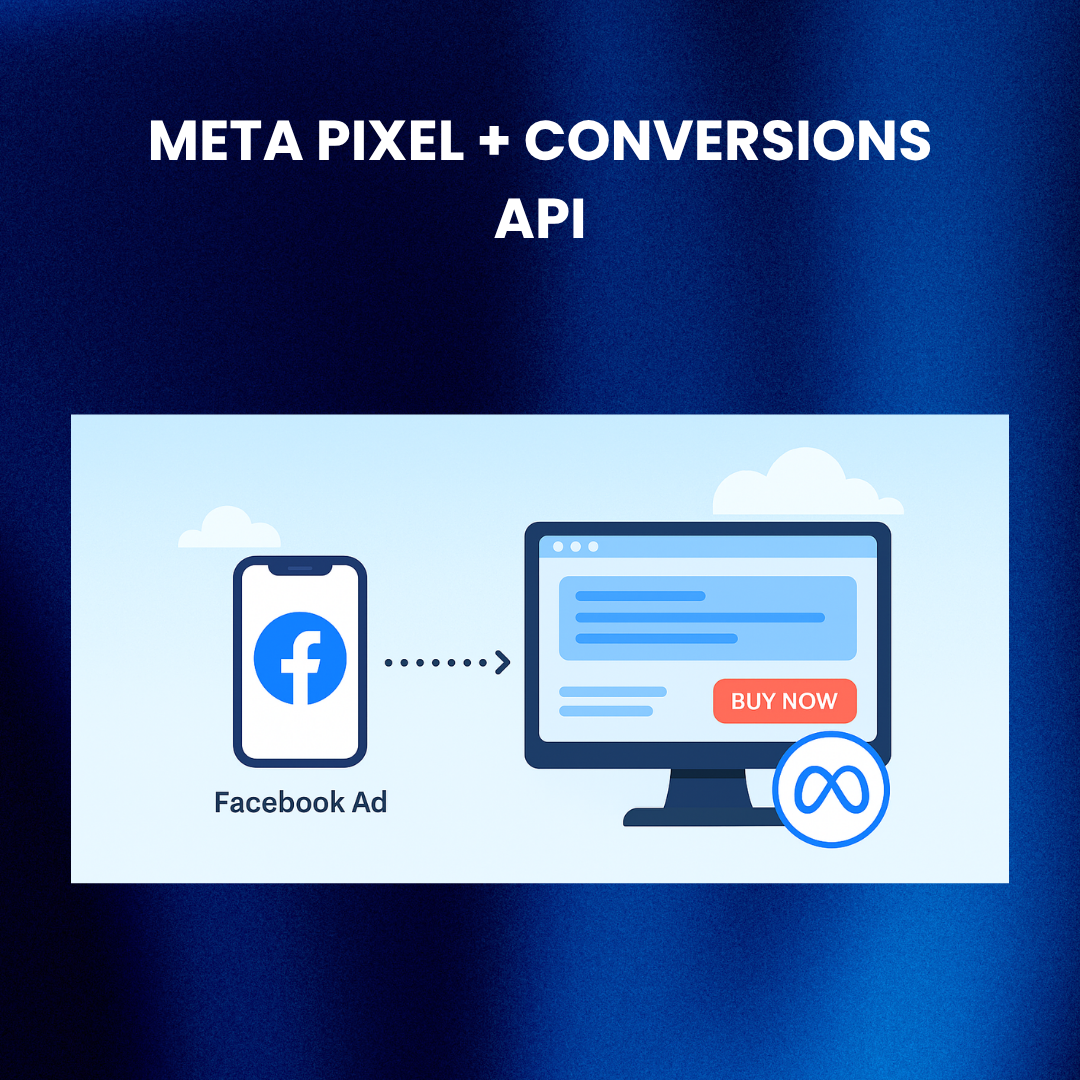
Install the Pixel on your site to monitor every conversion- add-to-cart, purchases, form fills linked back to ads. Combine with Conversions API for improved tracking despite browser limitations.
For example, when Lenskart uses retargeting ads, they can see whether a user who viewed glasses earlier eventually made a purchase. This lets them assign revenue to a specific campaign or journey stage.
3. Google Analytics + UTM Parameters

Use UTMs (e.g. utm_source=facebook) to track Facebook traffic inside GA4. You’ll see how Facebook users behave on your site- time spent, bounce rates, sales. Pair this with Facebook attribution for deeper funnel insights.
4. CRM + Offline Conversions
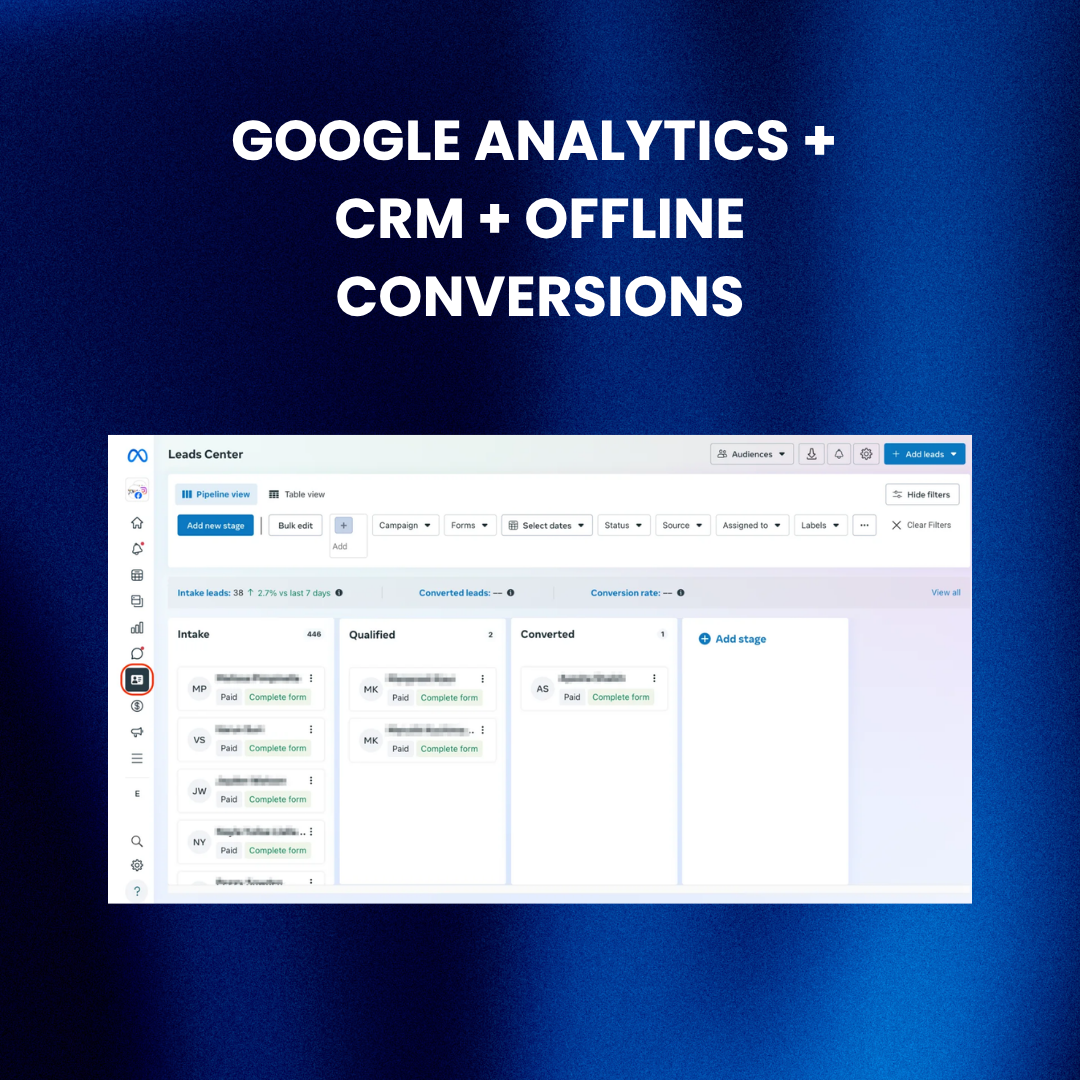
For service brands like real estate or coaching, where deals close offline, use CRM integrations (HubSpot, Zoho) to track leads back to Facebook.
Example: A premium school in Bangalore ran Facebook lead-gen campaigns. The CRM flagged that 70% of new inquiries came from Facebook, with a 35% conversion-to-enrollment rate. ROI was tied to tuition revenue, not just form fills.
What Drives High Facebook ROI? (Real Brand Insights)
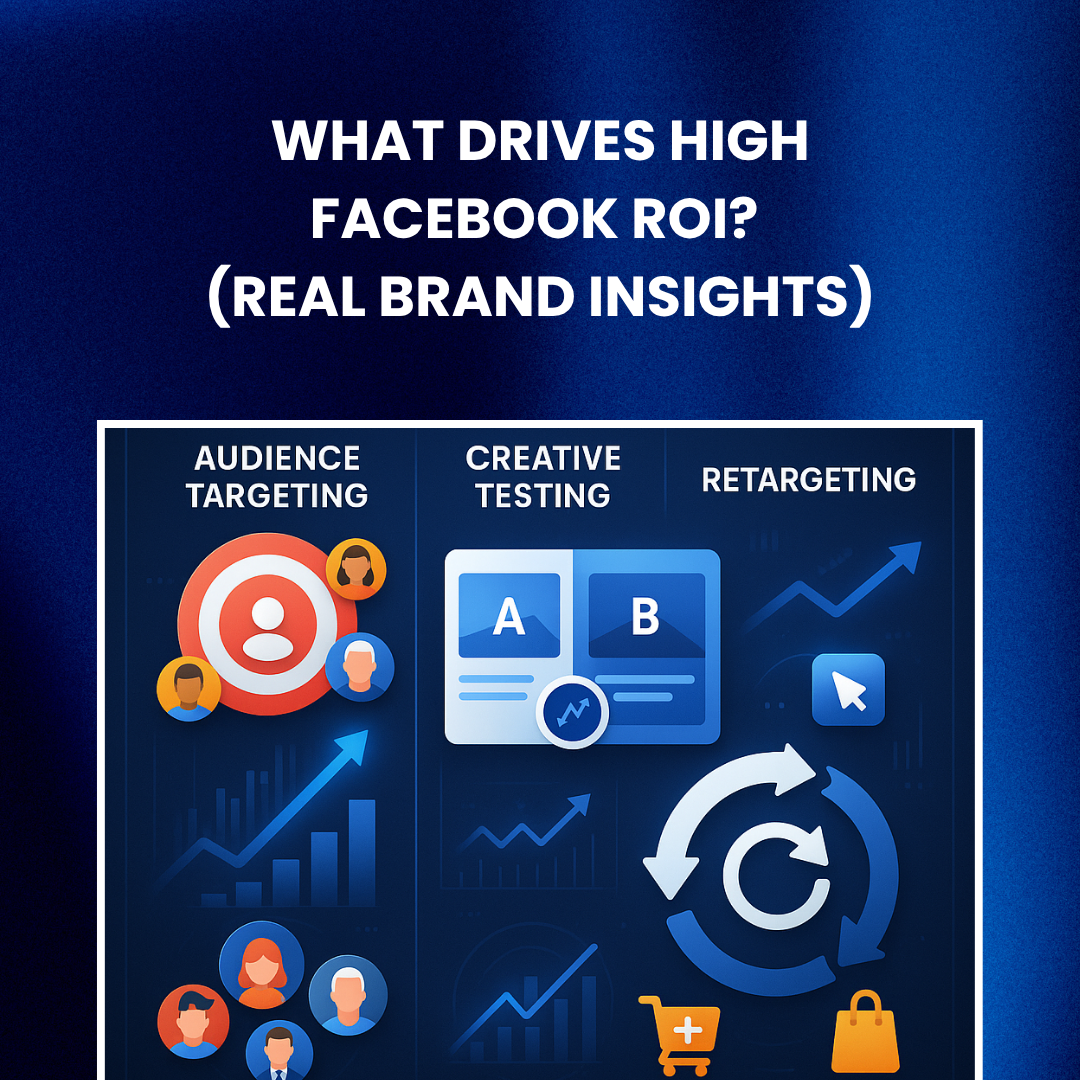
1. Precise Targeting
Facebook’s Custom and Lookalike Audiences are ROI gold. Brands like boAt use purchase history and website behavior to retarget users with product bundles during festivals. These retargeted campaigns yield higher conversion rates and 5–8x ROAS.
2. Creative Testing
Run A/B tests. Zomato tested humorous versus emotional creatives for delivery ads. Humor got better CTRs, but emotional stories led to more app installs and first-time orders highlighting why ROI isn’t just about clicks but meaningful outcomes.
3. Mobile-Optimized Funnels
From ad to checkout, every step must be seamless on mobile. Brands like Meesho trim friction by loading app deeplinks, 3-click checkouts, and vertical video formats. ROI rises when users convert without delay.
4. Retargeting
Use retargeting not just for abandoned carts, but post-purchase upselling. Myntra runs post-checkout campaigns suggesting complementary fashion items, boosting lifetime value and ROI without acquiring new customers.
Facebook vs. Other Platforms: ROI Perspective
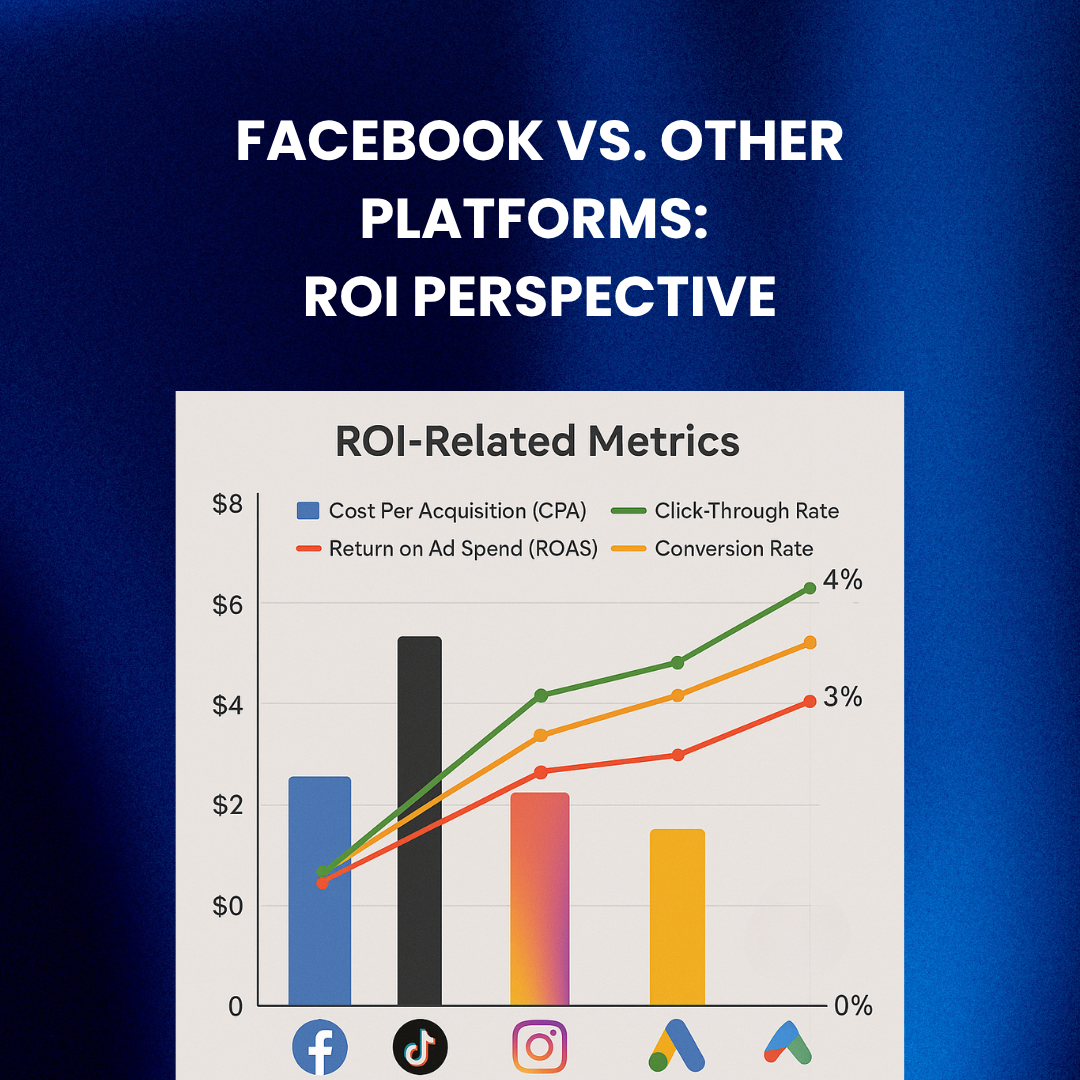
Compared to Instagram, TikTok, and even Google, Facebook often delivers more measurable ROI, especially for mid-funnel and retargeting strategies.
Google Search Ads capture high-intent traffic and often outperform for conversion, but they’re expensive and miss out on discovery.
TikTok offers reach, but Facebook provides conversion. A study by Northbeam found Facebook’s cost-per-click (₹6.80 avg.) was higher than TikTok’s (₹4.20), but Facebook’s conversion rate was 2.5x higher.
Final Thoughts: Make ROI Your North Star
Facebook ROI isn’t just a finance metric- it’s your clarity lens. With the right setup (Pixel, CRM, UTMs), creative, and mindset, it reveals what truly scales.
Brands that measure ROI consistently:
- Spend smarter
- Grow faster
- Fail faster and optimize quicker
💡 Ready to turn every ad into revenue? Book a Deepsolv demo to automate comment replies, retarget via DMs, and monitor performance like a pro.
FAQs
Frequently asked questions related to this blog post

